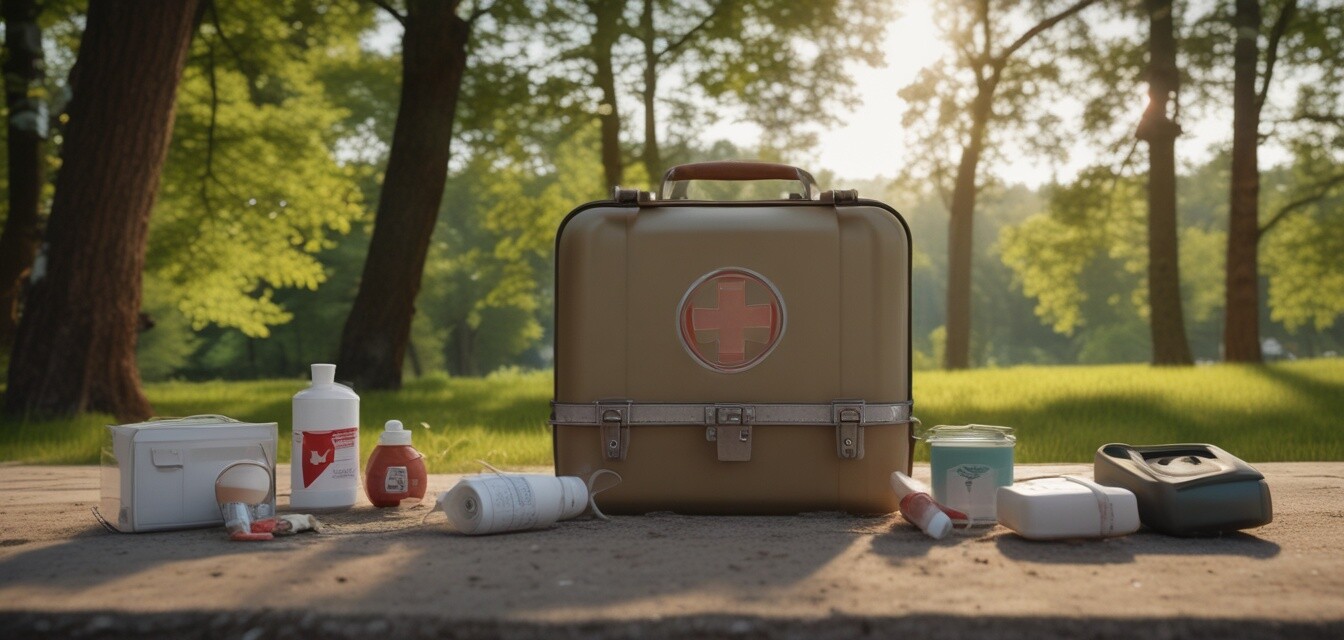
Ways to practice first aid in outdoor scenarios
Key Takeaways
- Understanding first aid principles is crucial for outdoor safety.
- Practical hands-on practice enhances preparedness for emergencies.
- Engaging in scenarios can help build confidence and skill in applying first aid.
- Developing a customizable first aid kit tailored to outdoor activities is essential.
When venturing into the great outdoors, accidents can occur unexpectedly. Knowing how to apply first aid effectively can be a lifesaver in emergencies. In this guide, we will explore practical strategies for practicing first aid in outdoor scenarios, ensuring you are well-prepared for any situation that may arise.
Why practice first aid outdoors?
Practicing first aid in outdoor environments prepares you for real-life situations where immediate action is essential. You may face challenges such as limited resources, unpredictable weather, and various terrains that can complicate care. By honing your skills in a natural setting, you establish familiarity and build confidence to react promptly when needed.
Key skills to focus on while practicing
- Assessing the scene and ensuring safety
- Performing CPR and utilizing AEDs
- Managing burns, cuts, and wounds
- Recognizing and treating shock
- Handling fractures and sprains
- Dealing with allergic reactions and stings
Practical strategies for practicing first aid outdoors
1. Create realistic scenarios
Organize mock drills that simulate emergencies, including slips, falls, and allergic reactions. This realistic practice aids in developing response skills, critical thinking, and teamwork.
2. Get a first aid training course
Participating in a comprehensive first aid course provides essential knowledge and skills. Look for courses that specifically include outdoor survival elements. Many organizations offer courses tailored for outdoor enthusiasts.
3. Form a first aid training group
Team up with fellow outdoor enthusiasts and schedule regular practice sessions. Sharing knowledge and skills helps everyone improve their response capabilities. Consider creating a supportive learning environment.
4. Use essential outdoor first aid supplies
| Item | Purpose |
|---|---|
| Adhesive bandages | Cover small cuts and abrasions |
| Antiseptic wipes | Clean wounds to prevent infection |
| Triangular bandage | Support slings and splints |
| Instant cold packs | Reduce swelling and pain |
| CPR face shield | Provide protection while giving rescue breaths |
5. Develop an outdoor first aid kit
Customize your first aid kit based on the activities you engage in. Ensure it contains the above items, and regularly check expiration dates. For tips on creating comprehensive kits, explore our article on First aid kits.
Engaging with the outdoors while practicing first aid
Find opportunities to combine exploration with first aid practice. Set up camp and conduct drills or play emergency response games that incorporate first aid problem-solving skills. These activities enhance teamwork and help develop a proactive mindset.
Understanding the importance of teamwork
In outdoor scenarios, effective communication and collaboration with your group are imperative, especially during emergencies. Practice delegation by assigning roles to group members during drills, thereby fostering a supportive environment.
Pros
- Improved skills and confidence in managing outdoor emergencies
- Enhanced readiness for unexpected situations
- Strengthened teamwork and communication within groups
- Practical knowledge directly applicable to outdoor activities
Cons
- Requires time and commitment for effective practice
- Some scenarios may be difficult to replicate accurately
- May require access to specialized training resources
Continuous learning and updating skills
First aid training isn't a one-time event. As techniques and guidelines evolve, it's essential to stay updated. Consider taking advanced courses or attending local workshops to continuously improve your first aid knowledge and skills.
Additional ways to enhance your first aid skills
- Read books and articles on first aid and emergency management.
- Follow reputable organizations that provide updates on best practices.
- Use online resources for tutorials on specific first aid techniques.
- Practice what you've learned regularly to reinforce skills.
Practicing first aid in outdoor scenarios not only empowers you to handle emergencies confidently but also enhances your overall outdoor experience. For additional guidance on outdoor safety, explore our section on Outdoor Tips and Resources.